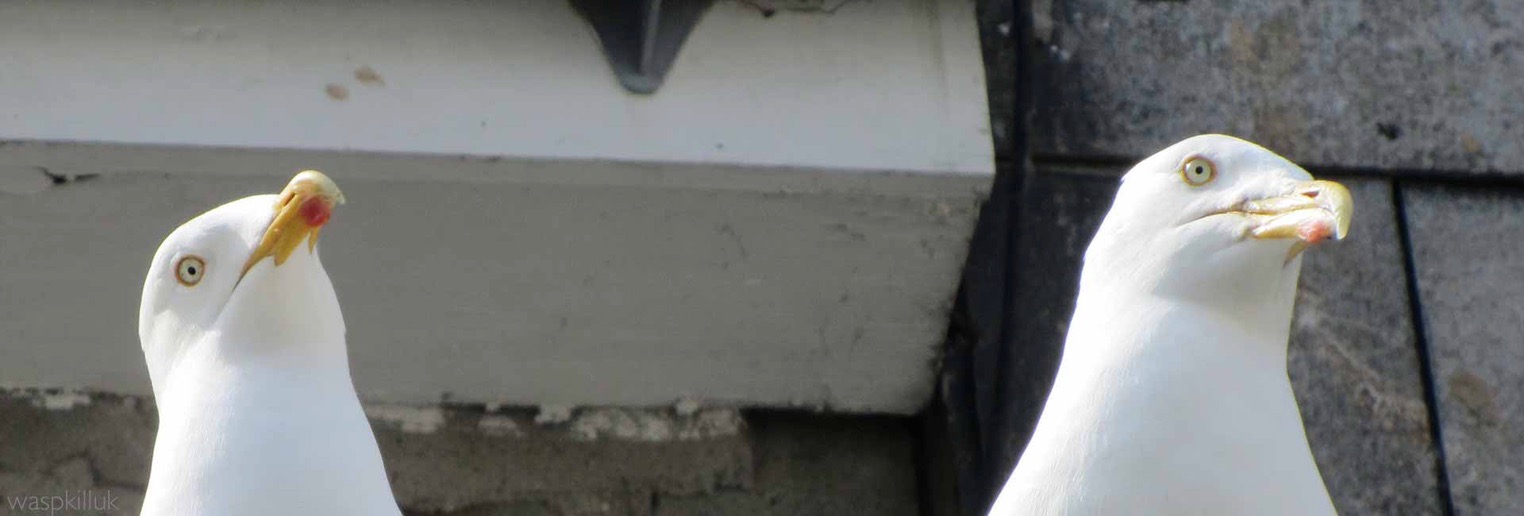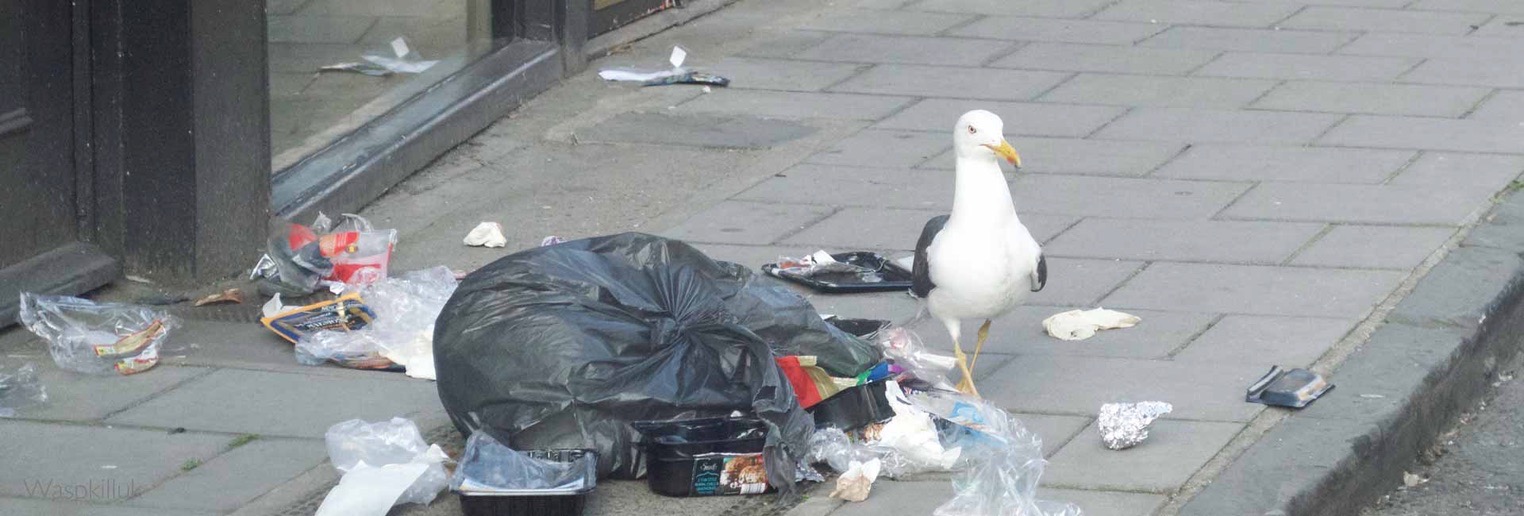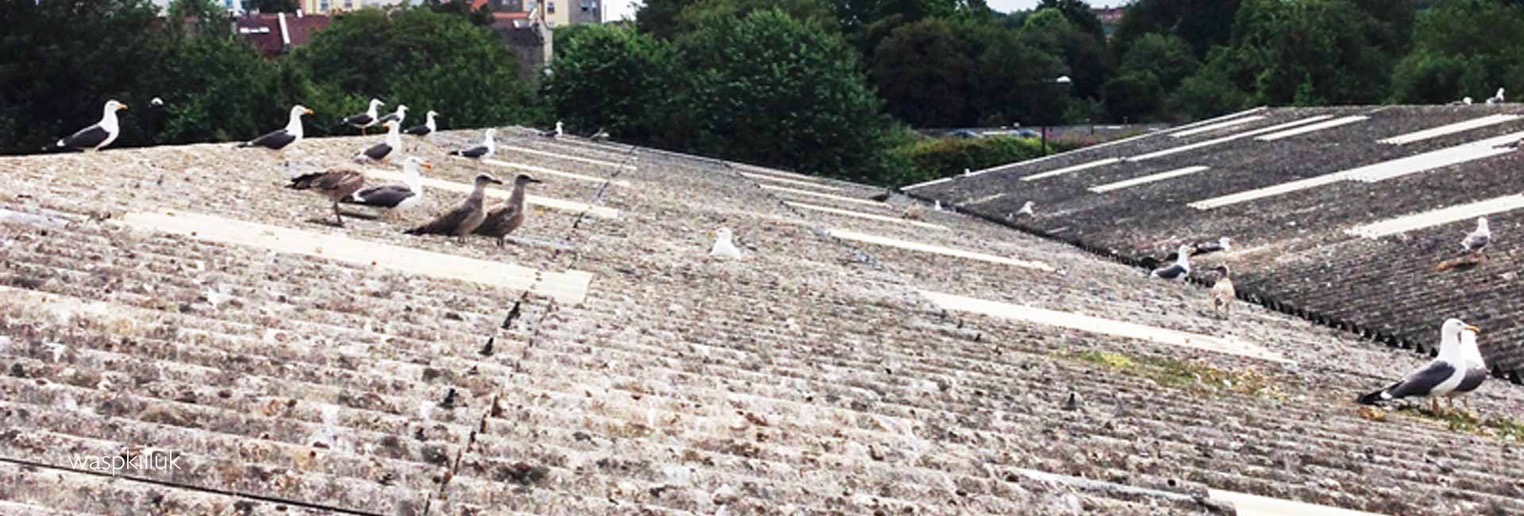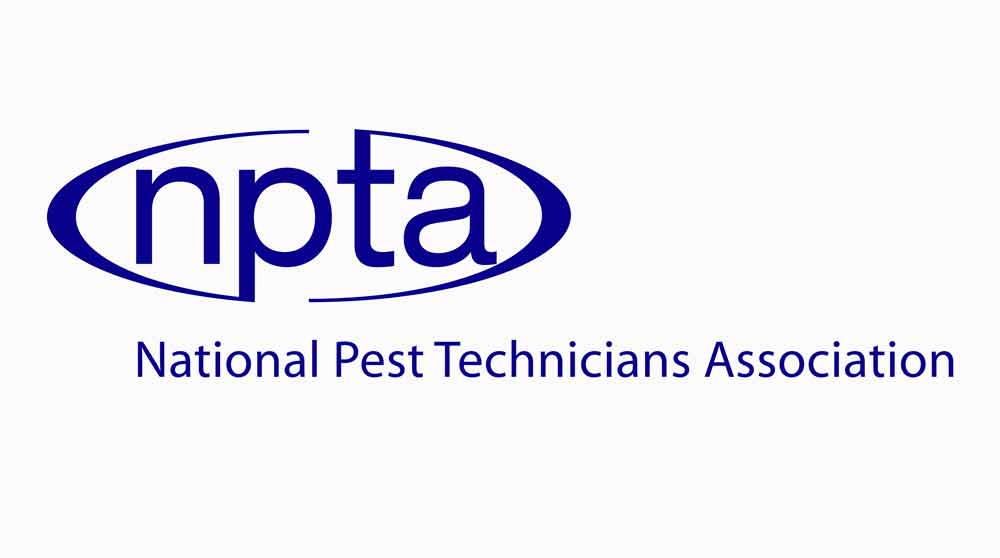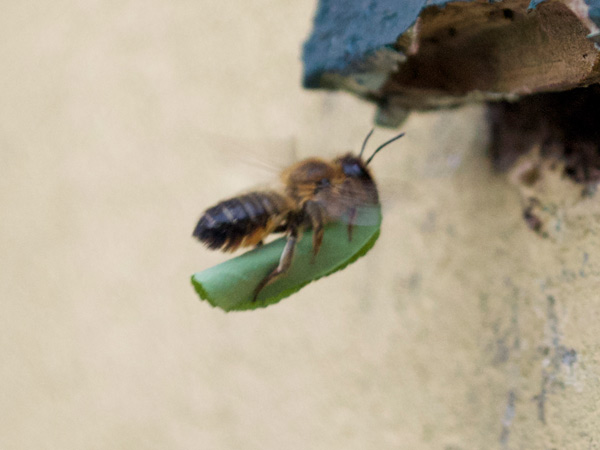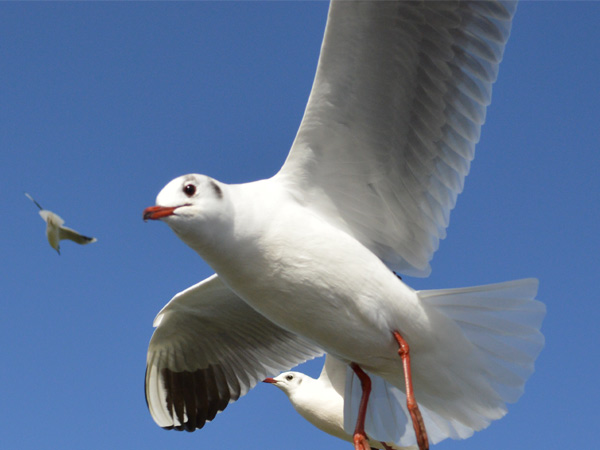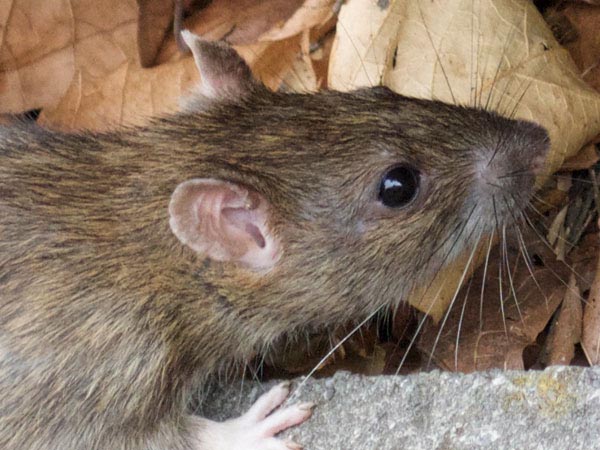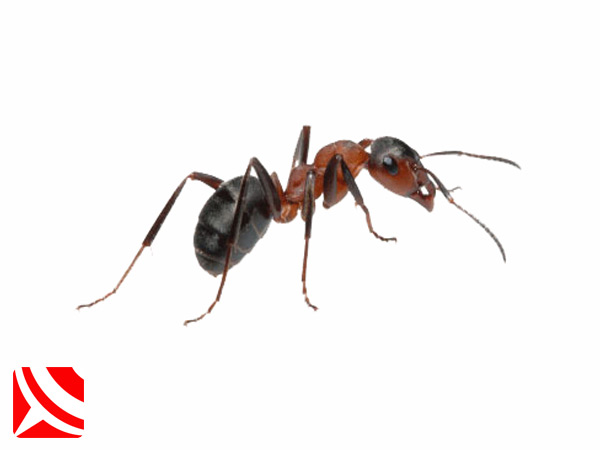Solve Seagull Problems Today : 0117 303 5181
Seagulls and Gull Control in Bristol
Bristol is home to a variety of seabirds that make the short journey from sea and estuary into the city. Gulls are naturally drawn to the city by an abundance of food and artificial nesting areas.Rooftops, roof valleys, chimneys, balconies and window sills are just some examples of the places gulls will nest and roost as an alternative to coastal cliffs.
Food is available in the city all year round and even includes earthworms, insects and other Gulls chicks!
Have you ever seen Gulls dancing on grass verges and roundabouts in the city? They mimic rainfall, which in turn stimulates worms to come to the surface - smart!
Seagull Species Found In Bristol
There are two primary species of gull nesting on buildings in Bristol that cause the most significant problems and concern: the Herring Gull, and the Lesser Black-Backed Gull.
Why Do Seagulls Need To Be Controlled?
These birds cause a variety of problems including noise, the mess from droppings on vehicles, walls, windows, gardens, people, washing, and the burden of roosting sites and nests.
Nesting pairs of Gulls use a diverse variety of materials to construct their nests. Waste and dead gulls block gullies, chimneys, gas flues, roof valleys and downpipes. Damage and obstruction of this kind can cause fires, carbon monoxide poisoning, flooding, damp and misery.
Gulls have been seen dropping stones on vehicles, drowning rats in the harbour by diving on them while they try to swim, and the very long list of mischief and hassle, both superficial and economically damaging goes on and on.
Professional control often prevents Gull damage from becoming a regular and disturbing money pit.
Do Gulls Attack People & Pets?
Gulls are incredibly territorial, especially around nesting sites and regularly target people, pets and other native birds, chicks and wildlife.
These birds also have a good memory. If you upset them, they remember you - no kidding!
No wonder so many people have a love-hate relationship with these common seabirds.
How Can The Council Help?
The local authority may have absolutely no responsibility or legal obligation to manage urban gull populations in the City. As the reality of this predicament sets in, most people come to realise, control is down to themselves, and it doesn't come cheap.
Working at height means safe access is needed and scaffolding and powered access platforms can cost at least £500 before work has started!
Information About gulls
European Herring Gulls (Larus argentatus) and Lesser Black Backed Gulls are found all around Bristol, the UK and Western Europe.
Herring Gulls weigh in at an impressive 1.5kg with a wingspan of 1.6 m.
Adult Herring Gulls have distinctive pink legs and silver grey wings. Over the course of three years the grey and black, speckled juveniles mature, becoming silver grey. The beak is yellow with an orange spot near its tip.
Lesser Black-Backed Gulls (Larus fuscus) are usually slightly smaller than the impressive and aggressive herring gulls. Adult birds have a slate grey back and yellow legs. These Gulls are on the RSPB's amber warning list because of recent declines in numbers beyond Bristol.
When is The Gulls Mating Season?
Mating season usually begins in the spring, around April, and nest building gets into full swing in early May.
Gull Nest Construction & Materials
In urban areas, the materials Gulls use to build their nest is diverse. Straw, moss, twigs, trash, other gulls nests, and any other convenient elements are combined to form a cosy nest.
Gull nests vary in size depending on the nest site but are often quite large and surprisingly heavy.
How Many Eggs Do Gulls Lay?
Gulls usually lay a clutch of two to three, large, heavy eggs between May and June.
What Colour Are Gull Eggs?
Gull eggs are light olive green and speckled, but some variation is seen and should be expected.
How Long do Gull Eggs Take to Hatch?
Eggs incubate for about a month before hatching, and chicks remain in the nest for another five to six weeks.
Once a chick leaves the nest it won't be building any of its own for another three to four years, when it finally reaches maturity.
Gull Control - Legal Requirements and Licencing
Under The Wildlife and Countryside Act 1981, a General Licence WML_GL05 provides for professional control subject to strict criteria.
Our professional bird control team would be delighted to help with your Gull control requirements.
The most common Gull control methods include:
> Netting - Discreetly prevents birds accessing sensitive areas.
> Spikes - These prevent birds from landing safely.
> Lasers - Visible light scares birds away.
> Shock Strip - Prevents birds from resting on sensitive structures.
> Bird Proofing - Designing out bird resting points and roosts.
> Bird Scarers - Audible devices and materials to unsettle and scare birds.
